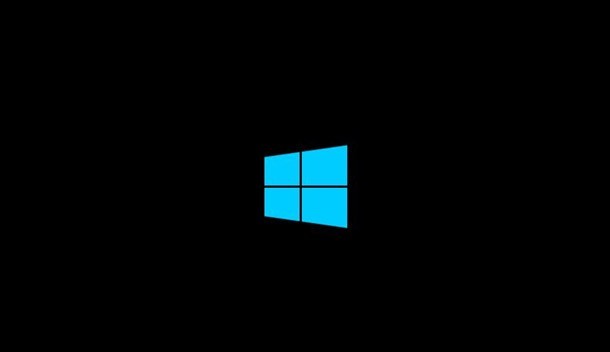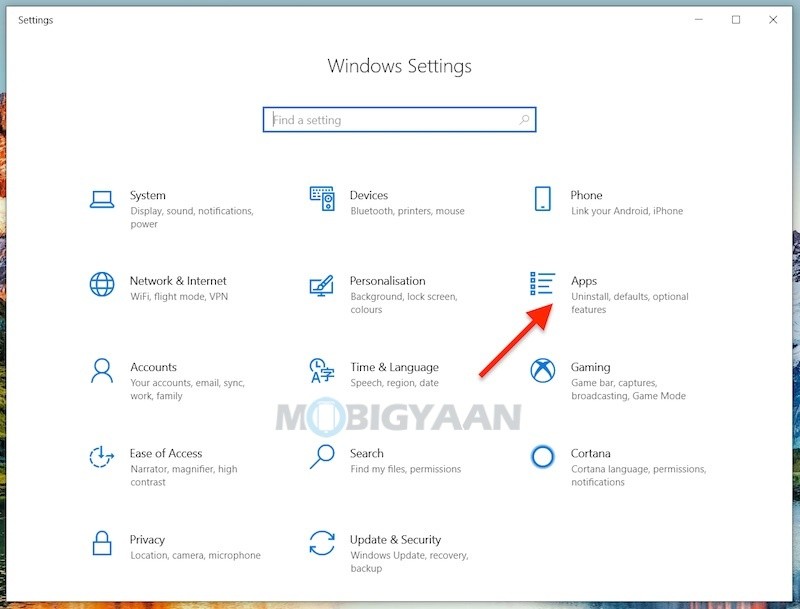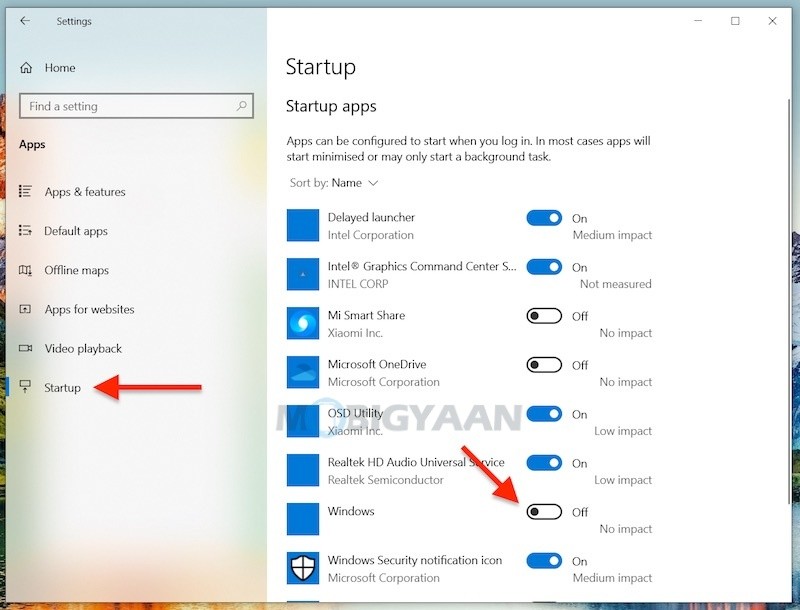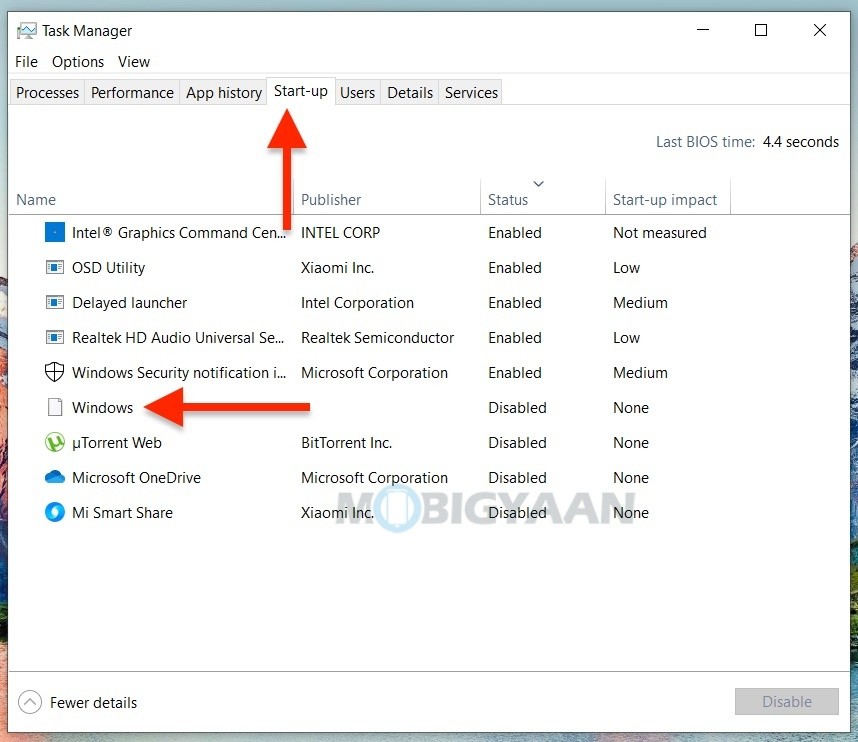Are you using the best Windows 10 PC ever? Even running Windows 10 with the best possible hardware, having a lot of apps installed can slow down the system when you boot the Windows 10. This is because there are certain apps that run at the startup automatically, but these apps can be disabled to boot the Windows 10 faster and boost the performance at the startup.

1) Disable Startup Apps Using Windows Settings
- Launch the Windows Settings by clicking on the Windows logo key at the bottom and clicking on the Settings gear icon.
- Now click on the Apps from the list, scroll down to the bottom, and click on Startup.
Here, you can see a list of all the apps that can start up automatically. The toggle switch to the right side indicates if the app is turned On or turned Off at Windows startup.
- Choose the apps that you don’t want Windows to run at the startup automatically, turn Off the switch to the right.
Just below the switch, you can see an impact indicator for the apps. There are a total of four different impact indicators – No impact, Low impact, Medium impact, and High impact. These indicators measure the impact of the apps on the system when it runs on the startup.
The higher the impact indicator, the longer an app takes to load, thereby increasing the time it takes for Windows to completely start. If the indicator for an app says High impact, that means this app is slowing down the system by running at the startup, you can disable it right away unless you are sure that it is required to run at the startup.


2) Disable Startup Apps Using Task Manager
Another way to disable the apps running at the startup is to use the Task Manager to control the startup apps.
- Press CTRL + ALT + DEL to launch the Task Manager by choosing its option. You can also right-click on the taskbar and select Task Manager.
- In the Task Manager, click on More details and then click on the Startup tab.
- Disable the apps that you don’t want to run at the startup by right-clicking and choosing Disable.
Using the Task Manager provides you more options for startup apps like app publisher name, app properties, startup impact, opening file location of the app, and searching the app online for more details.
You can view the startup impact here too, you can see a total of four different impact indicators – No impact, Low impact, Medium impact, and High impact the same way you see in the Windows Startup App Settings shown above.
If you see any app that is suspicious in the Task Manager, hunt it down by opening the file location and removing it. Some apps may not show icon and publisher name and the name looks suspicious, disabling it would be a wise option.

3) Disable Startup Apps Using Startup Folder
You can also remove the shortcut of the apps from the startup folder, here’s how.
- Click on the Windows search at the bottom left corner and type Run or simply press the keyboard shortcut Windows key + R on your keyboard to open Run command.
- Type shell:startup and press Enter. This opens the Startup folder where you can see the shortcuts to the apps that start automatically.
- Remove the app shortcuts that you don’t want to run at the Windows start.
Liked this tutorial? Also, check 3 ways to force quit apps not responding on Windows 10. More Windows 10 stuff can be found here – Windows 10 tutorials, guides, tips, tricks, and hidden features. To get updates on the latest tech news, smartphones, and gadgets, follow us on our social media profiles.
